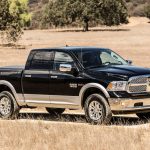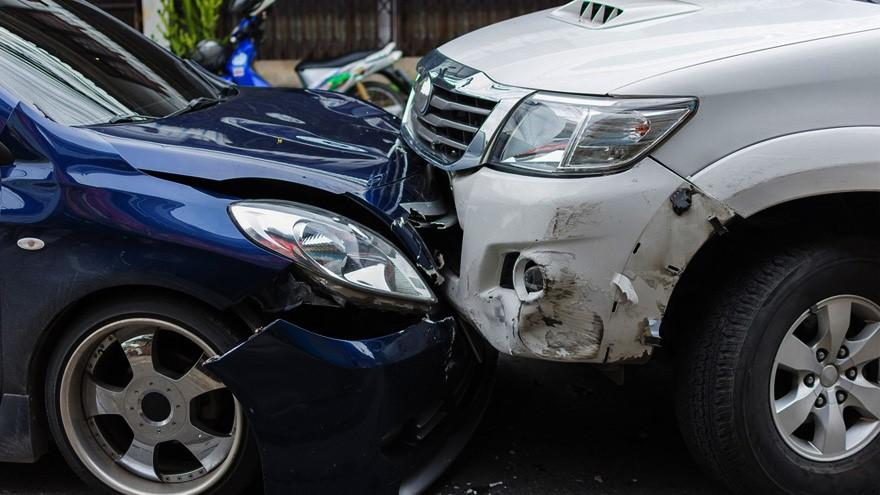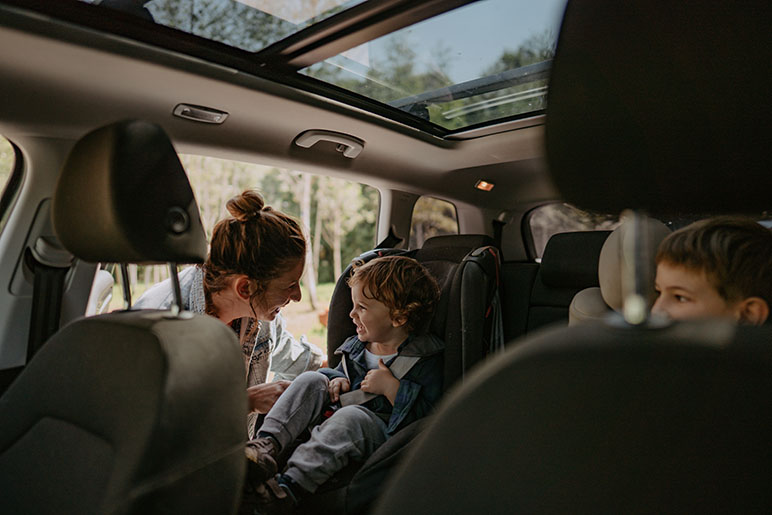Buying a used car can be one of the smartest financial decisions — but it can also turn into a nightmare if you overlook key inspection steps. Whether you’re shopping from a dealer, an online marketplace, or a private seller, conducting a thorough inspection is crucial to ensure you’re getting a reliable vehicle and not a hidden money pit.
In this guide, we’ll walk you through a complete used car inspection checklist to help you make a confident, informed purchase in 2025.
Do Your Homework Before the Inspection
Before you even look at the car in person, do some background research. Use online tools like Carfax, AutoCheck, or HPI Check (UK) to verify the vehicle’s history.
What to check:
- Vehicle Identification Number (VIN) – Ensure it matches the car’s paperwork.
- Accident history – Avoid vehicles with major structural damage.
- Ownership history – Fewer previous owners often indicate better care.
- Mileage accuracy – Look for inconsistencies in odometer readings.
- Service and maintenance records – A well-documented service history is a positive sign.
If any red flags appear, it’s better to walk away before wasting time on an in-person inspection.
Exterior Inspection
A car might look great in photos or even freshly polished in person, but small details can reveal a lot about its condition.
What to check outside:
- Paint consistency: Run your hand along panels to feel for uneven surfaces. Different shades can signal repairs.
- Rust spots: Common around wheel arches, door edges, and under the car.
- Body alignment: Gaps between panels should be uniform — uneven gaps may suggest previous collisions.
- Glass and lights: Inspect for cracks or moisture inside headlights and taillights.
- Tires: Uneven wear could indicate alignment issues or suspension problems.
Pro tip: Bring a small magnet to check for hidden filler used to cover dents or rust.
Under the Hood
Even if you’re not a mechanic, a few simple checks can reveal the engine’s general health.
What to look for:
- Fluid levels: Oil, coolant, brake, and transmission fluids should be at proper levels and not dirty.
- Leaks: Look under the car for drips or stains — oil or coolant leaks are red flags.
- Battery condition: Corrosion around the terminals or a swollen casing indicates replacement might be needed soon.
- Belts and hoses: Cracks, fraying, or dryness are signs of aging parts.
If the engine bay is too clean, be cautious — sellers sometimes steam-clean it to hide leaks.
Interior Inspection
The inside of a car reveals how it’s been treated over time. Beyond comfort, interior checks ensure that everything works properly.
Check these key areas:
- Seats and upholstery: Look for rips, stains, or excessive wear.
- Dashboard: Turn on the ignition — all warning lights should appear briefly, then go off.
- Air conditioning and heating: Test for quick response and consistent airflow.
- Infotainment system: Check the radio, Bluetooth, and navigation features.
- Windows and locks: Ensure all buttons and switches function smoothly.
If the car has a musty or smoky smell, it could indicate water damage or poor maintenance.
Under the Car
If possible, bring a flashlight and get down to inspect the underside. This is where many hidden issues lurk.
Look for:
- Rust or corrosion: Especially near the frame, exhaust, and suspension.
- Leaks: Oil, brake fluid, or coolant should never be dripping.
- Suspension and shocks: Any signs of sagging or damage can mean costly repairs.
You can also gently push down each corner of the car — if it bounces more than once, the shocks may be worn out.
Test Drive
A test drive tells you more about a car than any visual check. Always drive on different types of roads — city, highway, and rough surfaces — to get the full picture.
What to observe:
- Engine performance: It should start smoothly and idle quietly.
- Transmission: Gear changes should be smooth and without delay.
- Steering: The wheel should feel responsive and straight, without vibration.
- Brakes: Test braking from various speeds; the car shouldn’t pull to one side.
- Suspension: Listen for knocks or rattles when driving over bumps.
- Noise levels: Unusual sounds from the engine or wheels are red flags.
If the seller refuses a test drive, consider it a major warning sign.
Check the Paperwork Carefully
Never finalize a purchase without verifying the documents. This protects you from scams and ensures legal ownership transfer.
Important documents include:
- Title/Logbook (V5C in the UK) – Confirms ownership and registration.
- Bill of Sale – Outlines the terms of the transaction.
- Service records and receipts – Evidence of regular maintenance.
- Warranty details (if applicable) – Some used cars still have manufacturer warranties.
Make sure the VIN number on the documents matches the one on the car — usually found near the windshield or door frame.
Bring a Mechanic (Optional)
If you’re not confident about inspecting cars, hire a professional mechanic or mobile inspection service. In the US and UK, this typically costs $100–$200 (£80–£150), but it’s worth it for peace of mind — especially for expensive used vehicles.
A mechanic can:
- Spot hidden engine or transmission problems
- Check diagnostic trouble codes
- Provide an unbiased condition report
This small investment could save you thousands in future repairs.
Negotiation Tips After Inspection
Once your inspection is complete, use any issues you find as leverage to negotiate a better price.
Example: If tires are nearly worn out or the brakes need replacing, you can request a discount equivalent to the repair cost. Always be polite and factual — sellers are more likely to cooperate when they see you’ve done your research.
Final Thoughts
Inspecting a used car isn’t just about spotting defects — it’s about ensuring safety, performance, and value for your money. Taking the time to follow this checklist helps you avoid costly surprises and gives you the upper hand during negotiations.
Whether you’re buying a used SUV in the US, a compact hatchback in the UK, or a family sedan in Canada, a proper inspection can make all the difference.
Quick Recap: Used Car Inspection Checklist
| Area | What to Check |
|---|---|
| Exterior | Paint, rust, alignment, tires |
| Engine | Fluids, leaks, belts, battery |
| Interior | Seats, electronics, air conditioning |
| Underbody | Rust, leaks, suspension |
| Test Drive | Brakes, steering, transmission |
| Paperwork | Title, service history, VIN |






